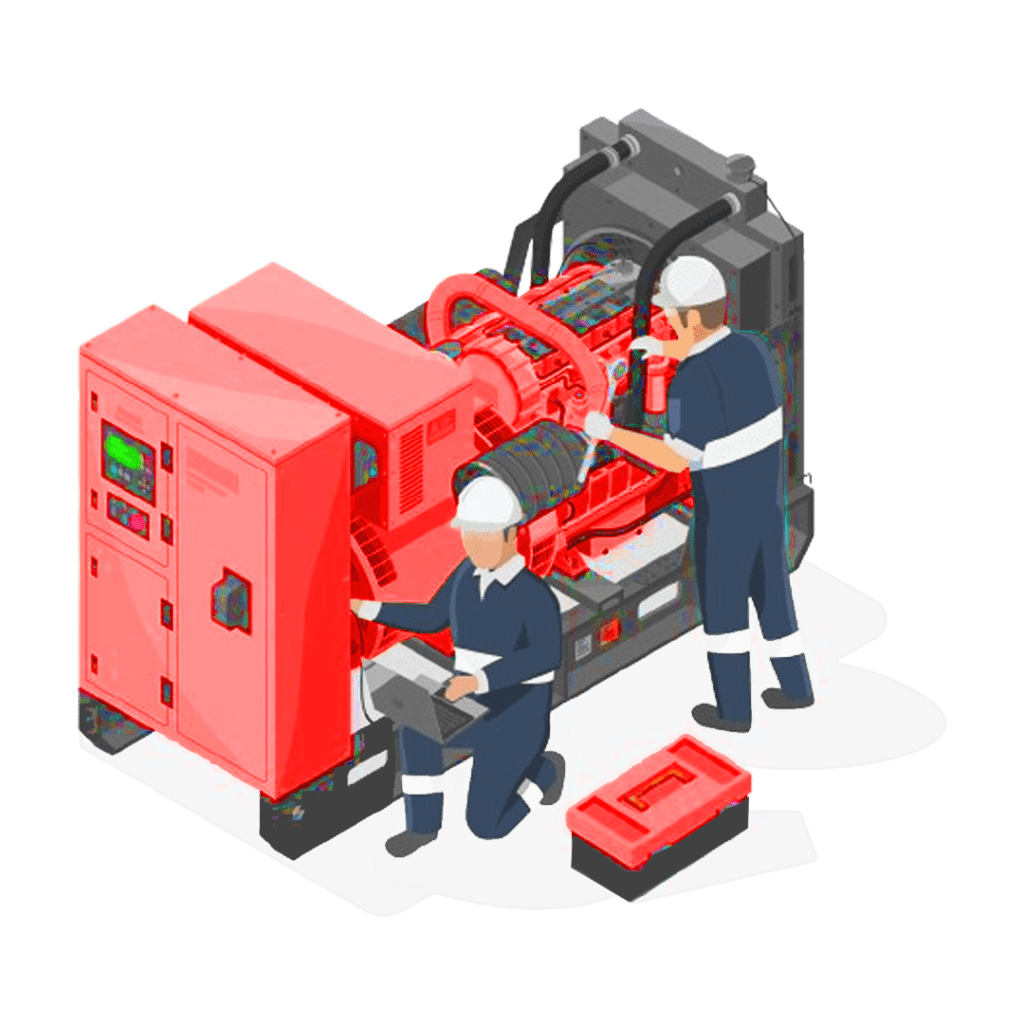



Standby generators are crucial for maintaining power during outages, but their operation duration varies based on several factors. Here’s an in-depth look at what influences how long standby generators can run:
1. Fuel Type and Availability
a. Diesel Generators
Diesel generators are noted for their fuel efficiency and can operate continuously for up to 72 hours, depending on the tank size and load. The availability of diesel fuel, however, can limit their runtime.
b. Natural Gas Generators
Natural gas generators can run indefinitely as long as there is a continuous supply of natural gas since they are connected directly to the home’s gas line, eliminating the need for manual refueling.
c. Propane Generators
Propane generators typically run for 24 to 48 hours on a standard tank, but their operational time can be extended with larger or additional tanks. The availability of propane also affects their runtime.
2. Load Capacity
The generator’s load, or the amount of power it needs to supply, directly impacts its operational duration. Generators running at full capacity consume more fuel and therefore have shorter runtimes compared to those operating at partial load. For instance, a generator powering only essential appliances will last longer than one supplying power to the entire home.
3. Generator Size and Fuel Tank Capacity
The size of the generator and the capacity of its fuel tank are critical determinants. Larger generators with bigger fuel tanks can operate for longer periods. For example, a large standby generator with a substantial fuel tank can run for several days continuously, provided it is well-maintained and refueled as needed.
4. Maintenance and Operating Conditions
Regular maintenance, including oil changes and filter replacements, is vital for the optimal performance of standby generators. Poorly maintained generators may overheat or experience mechanical issues, reducing their runtime. Additionally, operating conditions such as temperature and humidity can impact the generator’s efficiency and operational duration.
5. Manufacturer Specifications
Each generator model comes with manufacturer guidelines specifying the recommended continuous runtime. Some generators are designed for extended use, while others are intended for shorter periods. Adhering to these specifications is crucial to avoid damaging the generator and to ensure safe operation.
6. Automatic Transfer Switch (ATS)
Generators with an automatic transfer switch (ATS) can automatically turn on during a power outage and turn off when utility power is restored. This feature helps manage the generator’s runtime efficiently, ensuring it only runs when necessary and conserves fuel.
Conclusion
Standby generators can operate anywhere from a few hours to several days, depending on factors such as fuel type, load capacity, generator size, maintenance, and manufacturer specifications. To ensure optimal performance and longevity, choose a generator that matches your power needs, maintain it regularly, and follow the manufacturer’s guidelines. With proper care and planning, a standby generator can provide reliable backup power for extended periods, keeping your home or business powered during outages.






